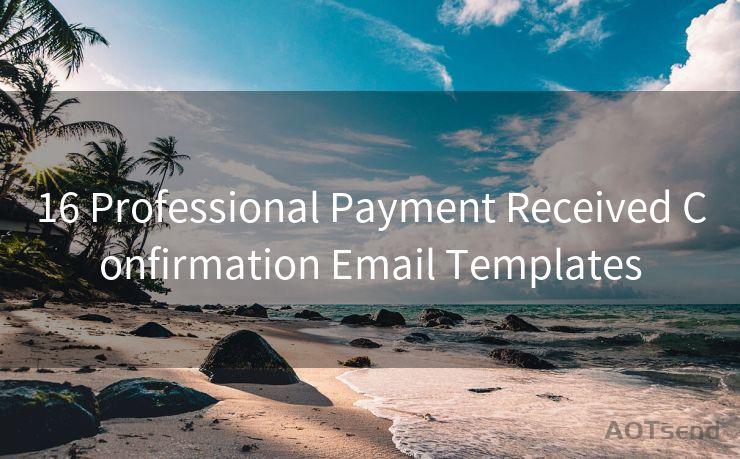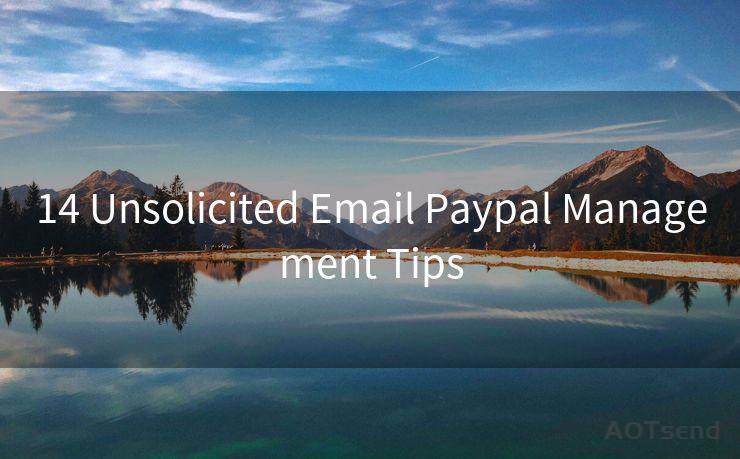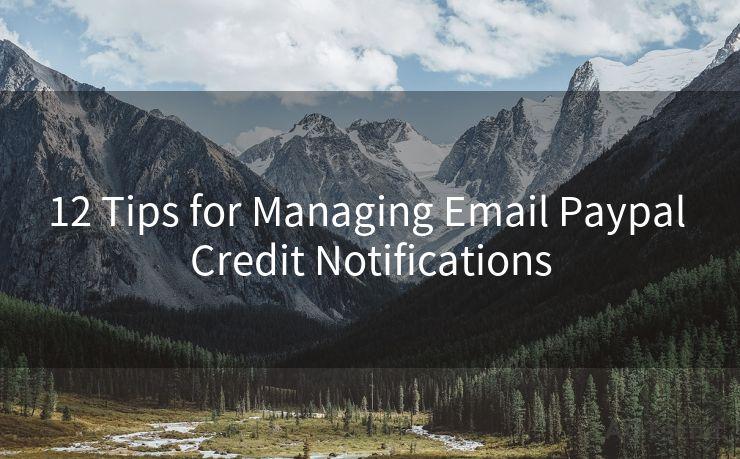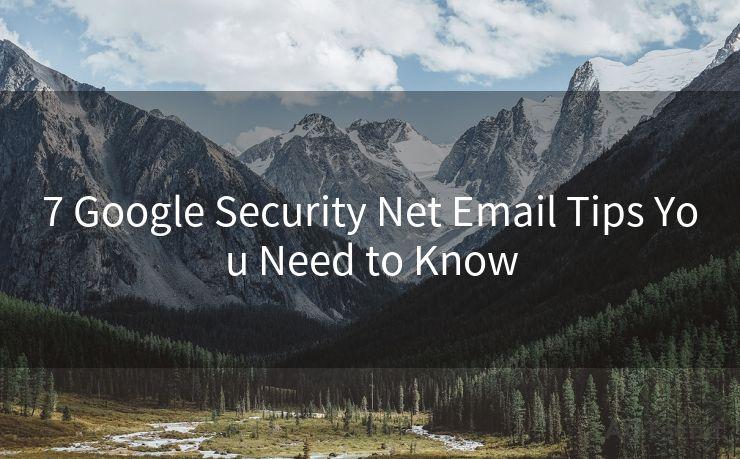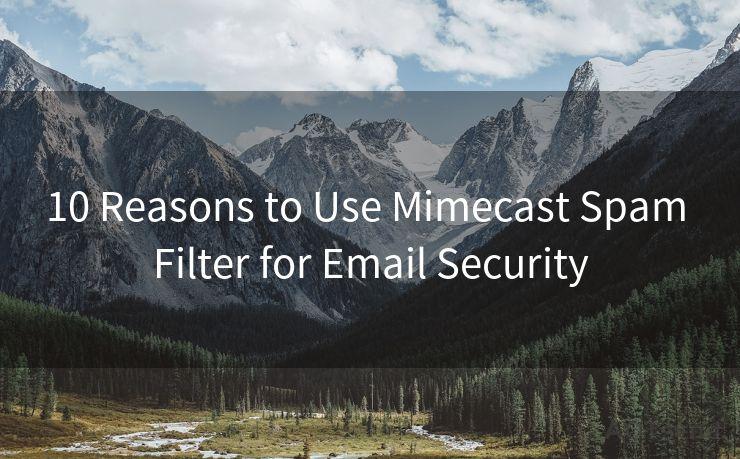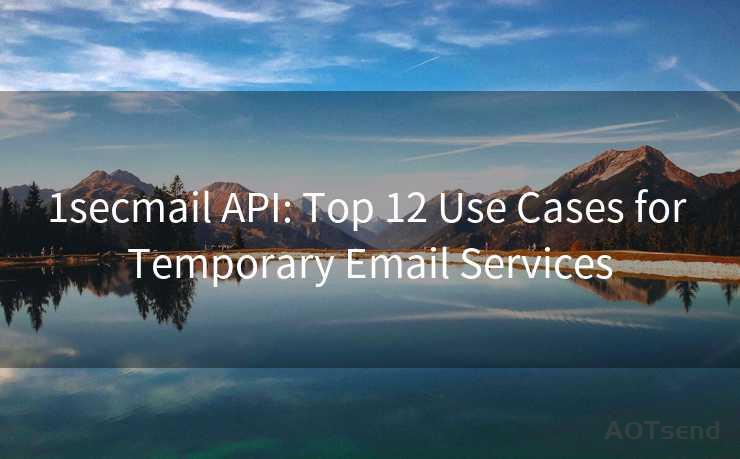19 Best Practices for Sending Encrypted Emails




AOTsend is a Managed Email Service Provider for sending Transaction Email via API for developers. 99% Delivery, 98% Inbox rate. $0.28 per 1000 emails. Start for free. Pay as you go. Check Top 10 Advantages of Managed Email API
In today's digital age, email communication has become an integral part of our daily lives. However, with the increasing frequency of cyber attacks and data breaches, it's crucial to ensure the security of our email communications. One way to achieve this is by sending encrypted emails. Here are 19 best practices for sending encrypted emails to help keep your communications secure.
1. Understand Encryption Basics
Before diving into the best practices, it's essential to understand the basics of encryption. Encryption is a process that converts readable data into a coded format that requires a key to decode. This ensures that only authorized recipients can access the information.
2. Choose a Reliable Email Provider
Not all email providers offer encryption services. Select an email provider that prioritizes security and offers end-to-end encryption to ensure your emails are secure from prying eyes.
3. Use Strong Passwords
A strong password is the first line of defense for your email account. Make sure to use a unique and complex password that includes a mix of uppercase letters, lowercase letters, numbers, and symbols.
4. Enable Two-Factor Authentication
Two-factor authentication adds another layer of security to your email account. Even if someone knows your password, they'll still need a second factor, such as a code sent to your phone, to access your account.
5. Utilize SSL/TLS Encryption
When sending encrypted emails, ensure that your email provider supports SSL (Secure Sockets Layer) or TLS (Transport Layer Security). These protocols encrypt the connection between your device and the email server, protecting your data in transit.
6. Consider Using PGP/GPG Encryption
Pretty Good Privacy (PGP) and GNU Privacy Guard (GPG) are popular encryption standards that allow you to encrypt the content of your emails. These tools use a combination of public and private keys to ensure that only the intended recipient can decrypt the message.
7. Be Cautious With Attachments
When sending encrypted emails, be mindful of the attachments you include. If possible, encrypt sensitive attachments separately before sending them.
8. Avoid Using Public Wi-Fi
Public Wi-Fi networks are often unsecured and can expose your email communications to risk. Avoid sending encrypted emails over public Wi-Fi unless you're using a VPN or other secure connection.
9. Keep Software Updated
Regularly update your email client and any related software to ensure you have the latest security patches and features.
10. Educate Yourself and Your Team
Knowledge is power when it comes to email encryption. Educate yourself and your team on the importance of encryption and how to properly implement it.
11. Use End-to-End Encryption
End-to-end encryption ensures that only the sender and receiver can read the email content. Look for email providers that offer this feature to maximize security.
12. Avoid Storing Sensitive Information
While encryption can protect emails in transit, it's best to avoid storing sensitive information in your email account. Consider using secure file-sharing platforms for sensitive documents.
13. Regularly Review Email Settings
🔔🔔🔔
【AOTsend Email API】:
AOTsend is a Transactional Email Service API Provider specializing in Managed Email Service. 99% Delivery, 98% Inbox Rate. $0.28 per 1000 Emails.
AOT means Always On Time for email delivery.
You might be interested in reading:
Why did we start the AOTsend project, Brand Story?
What is a Managed Email API, Any Special?
Best 25+ Email Marketing Platforms (Authority,Keywords&Traffic Comparison)
Best 24+ Email Marketing Service (Price, Pros&Cons Comparison)
Email APIs vs SMTP: How they Works, Any Difference?
Periodically review your email settings to ensure that encryption features are enabled and properly configured.
14. Use a Secure Email Gateway
A secure email gateway can provide additional protection by scanning incoming and outgoing emails for threats and ensuring that encryption standards are met.
15. Implement a Data Loss Prevention (DLP) Solution
DLP solutions can help prevent sensitive information from being sent via unencrypted emails, providing an extra layer of security.
16. Monitor and Audit Email Activity
Regularly monitor and audit email activity to identify any unusual patterns or potential security breaches.
17. Backup Your Data

While encryption protects your data, it's still crucial to back up your emails regularly. This ensures that you can recover important information in case of data loss.
18. Consider Additional Security Tools
There are various security tools available, such as email encryption plugins and secure messaging apps, that can enhance the security of your email communications.
19. Stay Vigilant
The landscape of cybersecurity is constantly evolving. Stay vigilant and keep up to date with the latest security practices to ensure your encrypted emails remain secure.
By following these 19 best practices for sending encrypted emails, you can significantly enhance the security of your email communications. Remember, encryption is just one aspect of a comprehensive cybersecurity strategy. Stay informed and proactive to protect your sensitive information.




AOTsend adopts the decoupled architecture on email service design. Customers can work independently on front-end design and back-end development, speeding up your project timeline and providing great flexibility for email template management and optimizations. Check Top 10 Advantages of Managed Email API. 99% Delivery, 98% Inbox rate. $0.28 per 1000 emails. Start for free. Pay as you go.
Scan the QR code to access on your mobile device.
Copyright notice: This article is published by AotSend. Reproduction requires attribution.
Article Link:https://www.aotsend.com/blog/p10544.html

